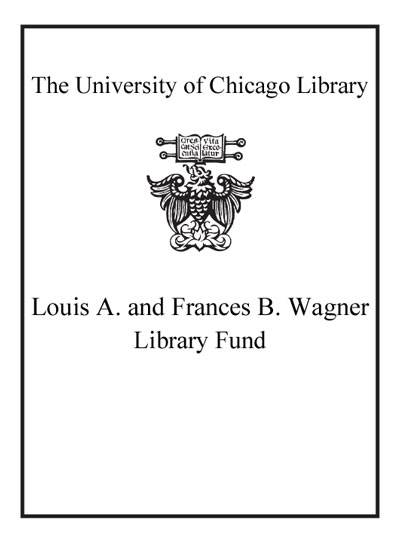| Summary: | "The astronomical observations of William Herschel (1738-1822) made him question the accepted model of the clockwork universe. This volume explains the development of Herschel's thoughts on what he called 'the construction of the heavens' and reprints his principal papers on this subject. The preliminary chapters provide an introduction to Herschel, including his unusual path to astronomy, the discovery of Uranus and his work on the evolution of stellar clusters, which eventually led him to challenge the unchanging Newtonian universe. The second half of the text comprises eight of Herschel's key papers on what we today would call cosmology, representing his progress between 1783 and 1814, fully annotated with historical notes and modern astrophysical explanations. Ideal for undergraduate and postgraduate students in the history of science and in astronomy, this volume explains Herschel's pivotal role in the transformation from the clockwork universe to the 'biological' universe of modern astronomy"--
"William Herschel (1738-1822) was a musician and composer for the first half of his life, and astronomer to the King of Britain for the second half. Astronomers of the time might distinguish themselves either as makers of telescopes, or as observers, or as theoreticians. Herschel distinguished himself in all three. In November 1778, while a musician in the English spa resort of Bath, Herschel as an amateur observer ground and polished for his 7-ft reflector a mirror that was simply the finest anywhere; and using it he discovered the planet we know as Uranus. This won him the patronage of the King and with it the opportunity to give up music and dedicate himself to astronomy. With funding from the King he then built himself the biggest reflector ever seen, and he conducted a brisk trade in telescopes, the crowned heads of Europe competing to be allowed to buy a Herschel reflector"--
|
|---|


